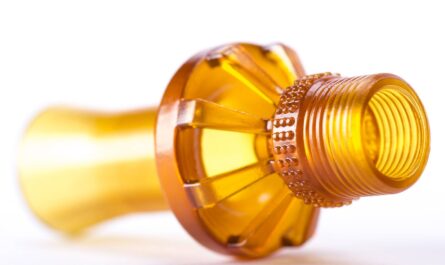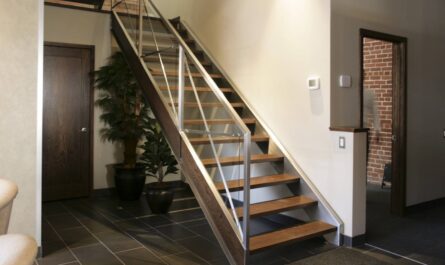Composite Adhesive
Composite adhesives are mixtures of resins and fibers that are used to join and bond two surfaces permanently. They are designed to bind composite materials like carbon fiber, fiberglass and Kevlar together. These advanced adhesives provide superior strength compared to mechanical fasteners and traditional adhesives. They can withstand high temperatures and extreme environmental conditions.
History and Development of Composite Adhesive Industry
Though the concept of composite materials is old, modern composite adhesive were developed in the mid-20th century. The first generation composite adhesives were based on epoxy and polyester resin systems. They revolutionized the aerospace, automotive and marine industries by enabling the use of advanced lightweight composite structures. In the 1970s, toughened epoxy adhesives were introduced which had improved durability, impact resistance and moisture resistance. Newer formulations incorporating thermoplastic polymers emerged in the 1980s further enhancing the performance of composites. Since then, continuous R&D has led to the development of advanced polyurethane, acrylate and anaerobic adhesives optimized for specific industrial applications.
Types of Composite Adhesive
The main types of composite adhesives used today are:
Epoxy Adhesives: Epoxy remains the most widely used matrix material for composites due to its excellent adhesion, corrosion resistance and mechanical properties. They can bond a wide variety of substrates like metals, wood and plastics.
Polyurethane Adhesives: Polyurethane adhesives have high strength, flexibility and resistance to moisture and temperature fluctuations. They find extensive application in marine, transportation and construction sectors.
Acrylic Adhesives: Acrylic composites are fast curing and have good shear strength. They are preferred for applications requiring rapid bonding like.
aircraft interiors and automotive parts assembly.
Anaerobic Adhesives: Anaerobic adhesives cure in the absence of air and produce strong bonds between flush or fitted metal surfaces. They are commonly used as thread-locking adhesives.
Silicone Adhesives: Silicone adhesives demonstrate high thermal stability, flexibility and resistance to moisture. They are ideal for high temperature bonding applications.
Key Properties and Applications
Composite adhesives provide numerous advantages in comparison to fasteners and traditional metal-joining techniques. Some of their key properties and applications are:
– High Strength to Weight Ratio: Composites are extremely strong yet significantly lightweight. This improves performance and reduces weight of structures.
– Corrosion Resistance: Adhesives protect bonded substrates from corrosion since there are no fasteners penetrating the surface. They maintain structural integrity for long periods even under harsh environmental conditions.
– Stress Distribution: Adhesively bonded joints distribute stresses evenly across the bonded area compared to mechanical fasteners which lead to stress concentration. This increases fatigue life.
– Damping: Composites have good internal damping capability and can effectively reduce vibration and noise levels.
– Manufacturability: Adhesives allow for simplified, automated production of complex contoured parts which would be difficult to manufacture with any other method.
– Aerospace: Composite adhesives are extensively used to manufacture fuselage, wings and other high load bearing structures in commercial and military aircraft to achieve weight savings.
– Wind Energy: Blades, nacelles and turbine components in wind turbines utilize advanced composite adhesives.
– Marine: Ship and boat hulls, decks and superstructures are being increasingly built with composites to deliver higher strength, durability and lower maintenance over traditional marine materials.
Future Growth Prospects
The global composite adhesives market size is projected to grow at a CAGR of over 5.5% during 2020-2025. Rapid innovations and new product development will expand applications and drive demand. Growing usage of lightweight materials in transportation, construction and renewable energy sectors presents huge opportunities. Emerging economies offer strong market potential with infrastructure development programs. However, high raw material costs may hinder market growth to some extent. Overall, with their superior performance, composite adhesives are poised for sustained adoption in the years ahead across diverse industries.
*Note:
1. Source: Coherent Market Insights, Public sources, Desk research
2. We have leveraged AI tools to mine information and compile it




